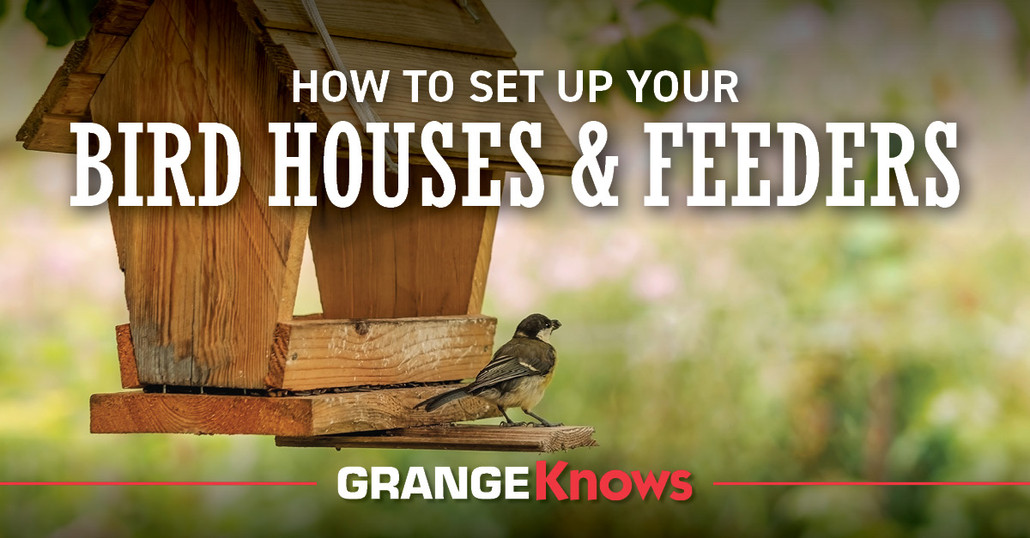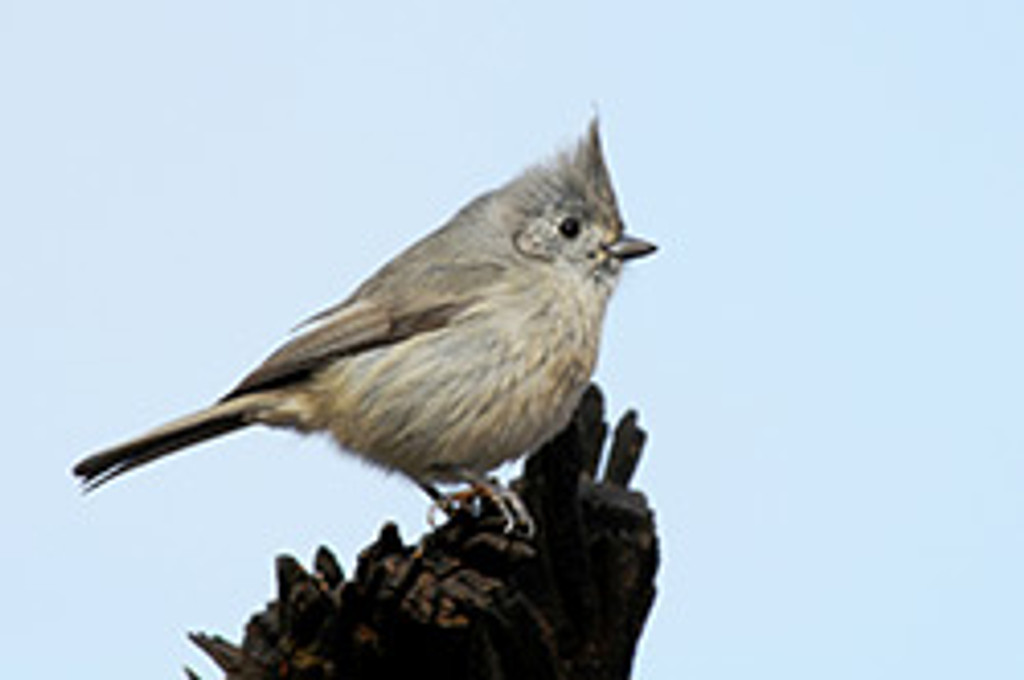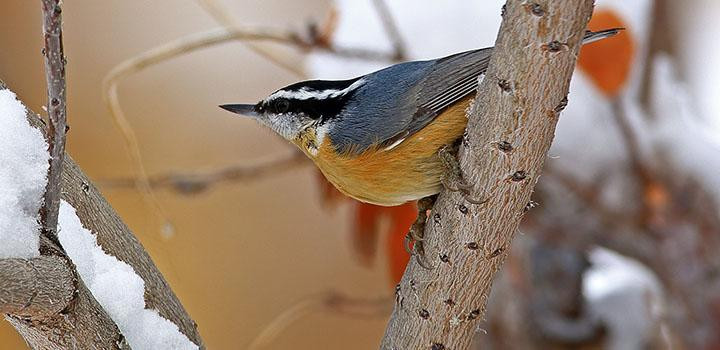Posted by Grange Co-op on 5th Feb 2023
Our porch and patio spaces become more lively when hummingbirds stop by, sipping from the feeder. There are hundreds of species of hummingbirds that live exclusively in the Americas. Only 15 species live in the U.S., which may be why they are not common in your backyard. Knowing when they will migrate through your state can help you see them more… Read more
Posted by Grange Co-op on 18th Apr 2022
Nothing is more enjoyable than watching birds come and go in your backyard. One way to make your yard more inviting to your feathered friends is by providing them with a birdhouse where they can build their nests. Birdhouses protect the birds from the elements and keep them safe from predators. But it’s important to mount the birdhouse in the right place and in the right way.Which Birds Use Birdhouses?
Nothing is more disappointing than putt… Read more
Posted by Grange Co-op on 13th Jan 2015
Male & Female: Identical small, brown-tinged gray bird with small tuft or crest. The face is plain and the undersides are a lighter gray. Large dark eyes; stubby, bluish gray bill; bluish gray legsNESTING:
Nests in natural cavities, abandoned woodpecker holes and birdhouses. Nest is made of grass, moss, fur and feathers. Female incubates 6-8 mostly unmarked white eggs for 14-16 days. young fledge at 6-21 days and are independent at 5 wee… Read more
Posted by Grange Co-op on 7th Jan 2015
Male: A small, gray-backed bird with a black cap and a prominent black eye stripe and white eyebrow and cheek. Sports a rust red breast and belly and a pointed, slightly upturned bill.
Female: Similar to male, with a gray cap and more lightly colored underparts.NESTING:
The female builds a nest of rootlets, grasses, mosses, and shredded bark in a natural cavity, old woodpecker hole, or birdhouse 5 - 120 feet above the ground. The entrance… Read more




